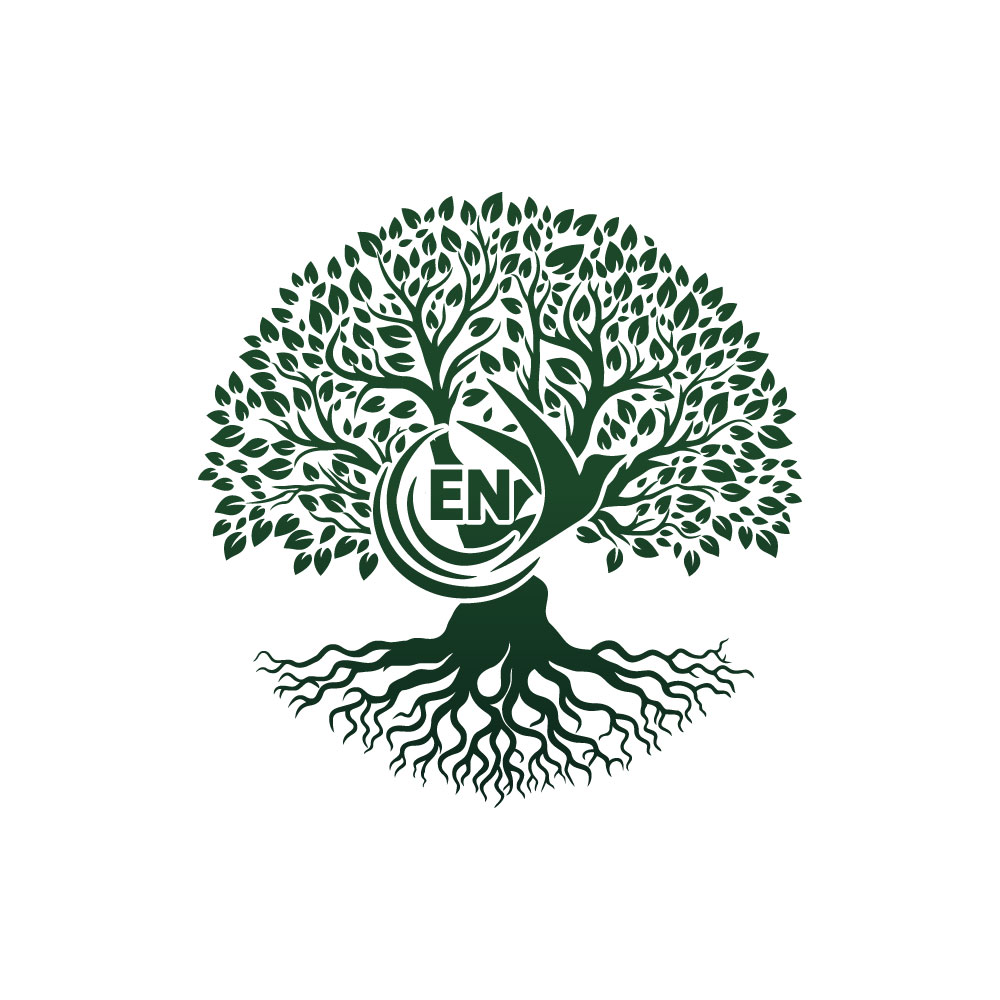Exploring the Dynamics of Workplace Cliques
Toxic environments often emerge from workplace cliques that create exclusionary dynamics. Workplace cliques foster negativity by favoring certain individuals while marginalizing others. This exclusivity can lead to feelings of resentment, isolation, and workplace toxicity. When employees feel undervalued, their productivity and morale suffer, creating a toxic work culture that stifles collaboration and innovation.
In many cases, workplace cliques also lead to micromanagement behaviors, further exacerbating the toxic work environment. Micromanagers undermine their team members’ autonomy, leading to frustration and disengagement. These behaviors significantly contribute to high turnover rates as talented employees leave in search of workplaces with better support systems and more empowering leadership.
Recognizing Micromanagement as a Toxic Trait
Micromanagement in the workplace is a key contributor to toxicity and hostility. Micromanagement communicates a lack of trust in employees’ skills and capabilities, which can demoralize team members and decrease job satisfaction. Toxic traits at work, such as micromanaging, foster workplace negativity by creating an environment where employees feel undervalued and incapable of performing to their full potential.
The consequences of micromanagement are far-reaching. High turnover rates are a common result, as employees who feel stifled often seek better opportunities. This cycle of attrition disrupts team cohesion and places an extra burden on remaining staff, perpetuating the toxic work culture.
Understanding the Cycle of Blame Culture
Blame culture is another hallmark of a toxic workplace environment. In toxic work cultures, blame becomes the default response to challenges or failures, leading to hostility at work and strained relationships among team members. This behavior creates a divisive atmosphere where employees focus on self-preservation rather than collaboration.
The blame culture also hinders workplace professionalism and innovation. When employees fear being blamed, they are less likely to take risks or share ideas, resulting in stagnation and decreased productivity. Over time, this negativity can drive talented individuals away, compounding the toxic work environment consequences.
Identifying Bullying Behaviors Among Colleagues
Bullying in the workplace is a significant contributor to workplace toxicity. Toxic traits at work, such as bullying, manifest in overt aggression or subtle undermining, creating an atmosphere of fear and hostility. These behaviors lead to decreased morale, reduced productivity, and a breakdown of trust among colleagues.
When bullying behaviors are ignored or tolerated, they perpetuate workplace negativity and high turnover rates. Employees who experience bullying are more likely to leave, seeking healthier and more supportive environments. This disrupts team dynamics and further entrenches the toxic workplace environment.
Evaluating the Consequences of a Toxic Work Environment
The impact of toxicity in the workplace extends far beyond individual employees. Toxic environments foster hostility, unprofessionalism, and workplace negativity, all of which impede collaboration and productivity. When employees are immersed in a toxic work culture, communication breaks down, absenteeism increases, and overall morale declines.
High turnover rates are a direct result of toxicity, cliques, and bullying. The constant churn of employees disrupts organizational stability, strains existing staff, and hinders long-term success. Addressing workplace toxicity and improving workplace culture are essential for creating a positive, supportive, and professional work environment.
Addressing Workplace Toxicity
Recognizing toxic workplace dynamics and addressing the root causes of workplace toxicity is crucial for fostering a healthy work environment. By identifying toxic behaviors such as cliques, micromanagement, bullying, and blame culture, organizations can take proactive steps to mitigate these issues. Implementing policies that promote workplace professionalism and empowering leadership can significantly reduce the impact of toxicity.
Creating a supportive and inclusive work environment not only improves morale but also drives productivity and engagement. To learn more about fostering positive workplace cultures, visit EN Community or explore AI-driven solutions to workplace challenges at EIOD AI.















